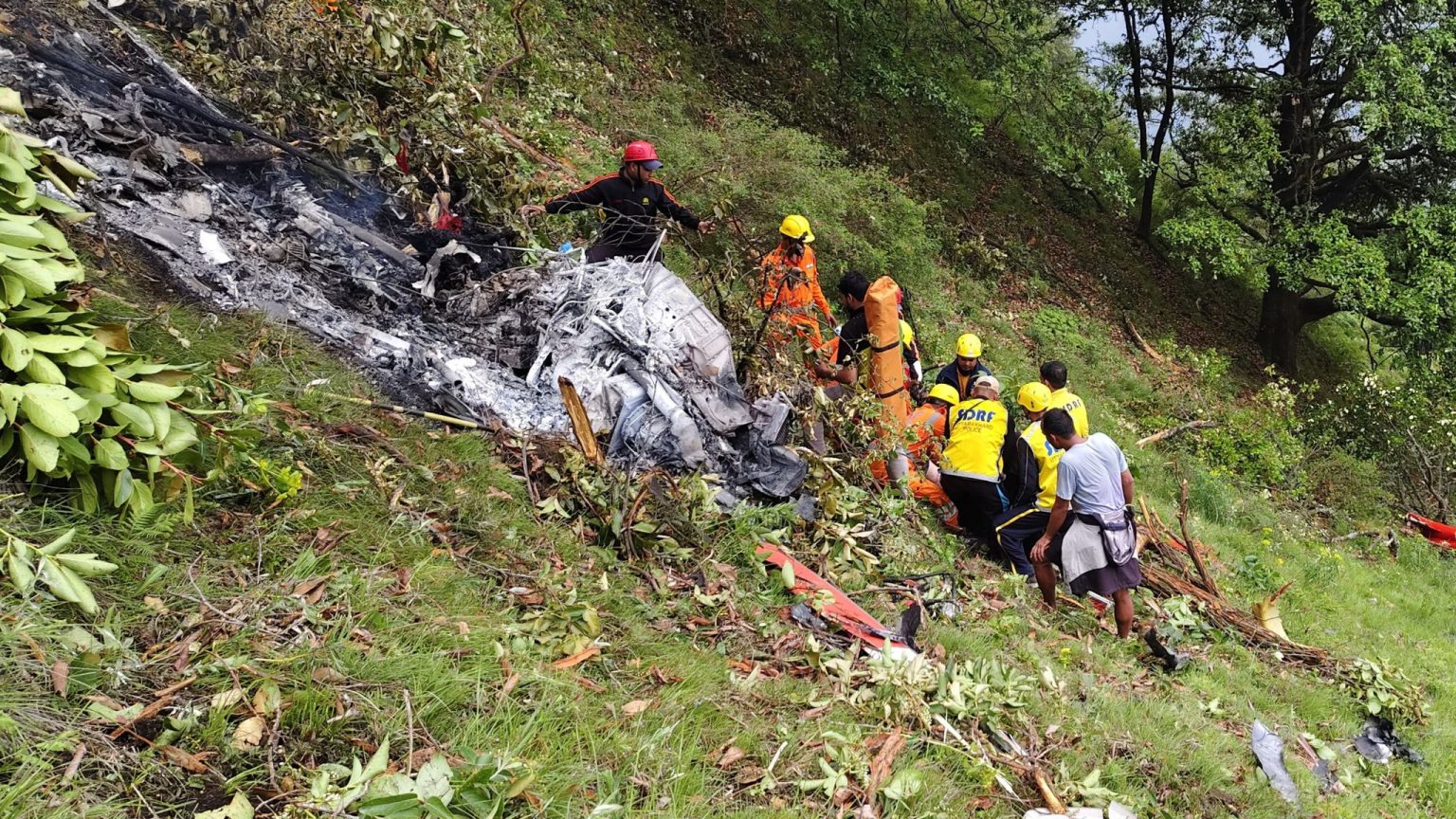India has been hit by two major air disasters in just three days, resulting in the deaths of over 275 people, including Hindu pilgrims. These tragic incidents have sparked national grief and renewed scrutiny over air travel safety, weather monitoring systems, and regulatory oversight in one of the world’s busiest aviation regions.. The nation is mourning as questions are raised about air travel safety, weather monitoring, and aviation regulations in one of the world’s busiest travel regions.
Air India Disaster: 270 Dead in Take-Off Tragedy
Just three days ago, a commercial Air India flight crashed less than a minute after takeoff from Ahmedabad Airport in northwestern India. The horrifying accident claimed the lives of at least 270 people and has been labeled one of the worst aviation disasters in Indian history.
Investigators are still combing through black box data and flight communication records to determine the cause of the crash. Preliminary reports suggest a mechanical failure or critical pilot error, but conclusive findings have yet to be published.
The flight was headed toward New Delhi and carried both domestic travelers and international passengers in transit. Indian Prime Minister Narendra Modi expressed condolences and pledged a full-scale investigation, adding, “This is a national tragedy. We owe it to the victims to understand exactly what happened.”
Hindu Pilgrimage Ends in Tragedy: Seven Dead in Helicopter Crash
In a separate but equally heartbreaking incident, seven people were killed when a helicopter carrying Hindu pilgrims crashed early this morning in northern India. The crash occurred at approximately 5:30 a.m. local time in a forested area several miles from the Kedarnath pilgrimage route in Uttarakhand state.
The helicopter, operated by Aryan Aviation, was on a routine 10-minute flight from the Kedarnath temple town to Guptkashi, a prominent Hindu religious destination nestled in the Himalayas. Within minutes of takeoff, the chopper lost contact with air control and was later found wrecked in the dense mountainous terrain.
Authorities say the crash is believed to have been caused by poor weather conditions, including heavy fog and limited visibility, which may have disoriented the pilot.
Pilgrimage Route Under Scrutiny
The Kedarnath temple is one of the most visited shrines in the Char Dham pilgrimage circuit and attracts thousands of Hindu devotees annually. Helicopter services are commonly used to ferry pilgrims across the steep and rugged Himalayan landscape.
This latest tragedy has sparked renewed concerns over the safety of these short-haul flights. According to regional aviation officials, poor weather and unpredictable mountain conditions are often underestimated.
“We must review the operational protocols for all aviation services operating in the Himalayan region,” said Uttarakhand Transport Minister Gopal Singh. “Pilgrim safety must be the top priority.”
Search, Rescue, and Investigation Underway
Emergency response teams were quickly dispatched to the crash site. Rescue operations were hampered by difficult terrain and low visibility, but all bodies have since been recovered.
The Directorate General of Civil Aviation (DGCA) has ordered an immediate suspension of Aryan Aviation’s services pending further investigation.
“This is not just an unfortunate event—it’s a wake-up call,” said Anurag Mehta, an aviation analyst based in Mumbai. “India’s aviation sector must take a closer look at regulations, especially for flights operating in sensitive and challenging zones like Uttarakhand.”
National Mourning and Call for Reform
The twin tragedies have plunged the country into mourning. Vigils have been held across cities, and families of the deceased are calling for accountability.
Civil Aviation Minister Jyotiraditya Scindia announced that both incidents would be independently investigated and that new safety guidelines for weather clearance, pilot training, and aircraft maintenance would be introduced within weeks.
“These incidents, though separate, are united by one theme: the urgent need to strengthen aviation oversight,” he said during a press briefing.
Critical Moment for Indian Aviation
India is one of the fastest-growing aviation markets in the world, with thousands of flights daily and an expanding network of private and chartered aircraft. These back-to-back tragedies have ignited a broader conversation about infrastructure, safety, and the cost of rapid expansion.
While the cause of both accidents is still under investigation, experts agree that India’s aviation industry must act swiftly to address systemic risks.
As the nation mourns, the message from grieving families, aviation professionals, and political leaders is clear: air travel in India must be made safer—urgently and decisively.
Read Also:
British man describes how he escaped Air India plane wreckage
Air India plane crashes into Ahmedabad college, kills over 240



